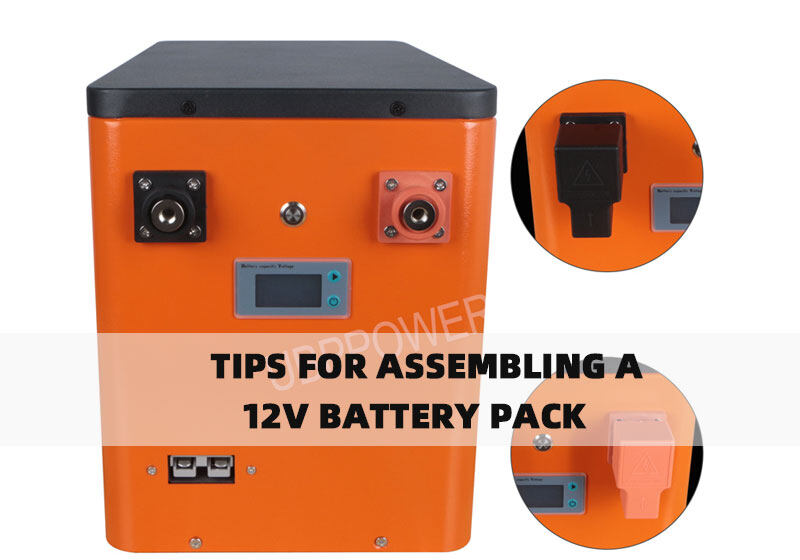Email format error
Email cannot be empty
Email already exists
6-20 characters(letters plus numbers only)
The password is inconsistent
Please enter the email address you’d like your password reset information sent to.
Email format error
Email cannot be empty
Email does not exist
Reset account password
For the account
6-20 characters(letters plus numbers only)
The password is inconsistent
Reset success
Your password was reset. You can log in using your new password.
Login

Newsweek
Grasp current events and learn more about batteries

Tips for Assembling a 12V Battery Pack
2024-03-22 16:00:05
With the widespread use of electric tools, vehicles, and household electronics, 12V battery packs have become an essential power source. Understanding how to assemble a 12V battery pack is crucial, not only for ensuring safe and reliable usage but also for extending the lifespan of the battery pack. Here are some tips for assembling a 12V battery pack.
- Choose the Right Battery: Selecting the appropriate battery is paramount. 12V battery packs typically use lead-acid batteries, lithium-ion batteries, or nickel-metal hydride batteries. Lead-acid batteries are cost-effective but heavy, lithium-ion batteries are lightweight but more expensive, while nickel-metal hydride batteries offer a balance between weight and performance.
- Ensure Battery Consistency: If the battery pack consists of multiple batteries, it is essential to ensure that they match in type, brand, and condition to prevent one faulty battery from affecting the performance of the entire battery pack.
- Prepare Necessary Tools and Materials: Before assembling the battery pack, make sure to gather all the required tools and materials, such as battery clamps, connectors, insulation tape, etc.
- Connect Batteries in the Correct Sequence: The sequence of battery connections is critical. Typically, the positive terminal connects to the negative terminal, and the negative terminal connects to the positive terminal. Follow the correct connection sequence to prevent short circuits or other safety issues.
- Use Appropriate Connectors and Insulation Materials: Ensure that connectors chosen meet the current and voltage requirements and use insulation materials to cover the connection points to prevent short circuits and leakage.
- Ensure Secure Connections: All connections must be secure to prevent loosening or disconnection, which may lead to unstable current flow or battery pack failure.
- Perform Battery Pack Testing: Before using the battery pack, conduct necessary tests to ensure its proper functioning. This may include voltage testing, internal resistance testing, etc.
- Regular Inspection and Maintenance: Assembled battery packs require regular inspection and maintenance, including cleaning connection points, checking battery status, and charging conditions, to ensure their proper operation and longevity.
- Safety First: Practice safety precautions when assembling and using the battery pack. Avoid situations such as battery short circuits, overloads, and overheating, ensure the work environment is well-ventilated, and wear personal protective equipment when necessary.
- Compliance and Regulatory Requirements: When assembling battery packs, comply with local regulations and safety standards to ensure the compliance and safety of the battery pack.
Contact us
PRODUCT TAGS

